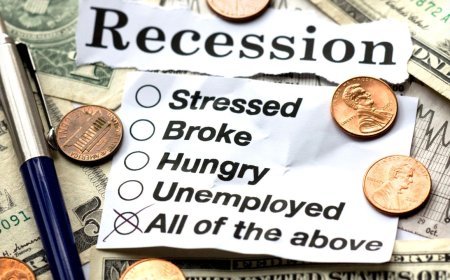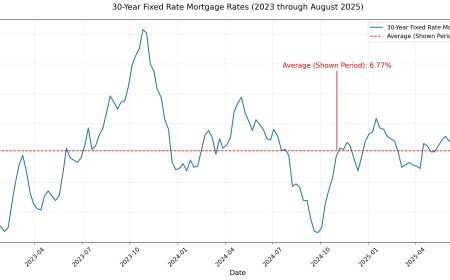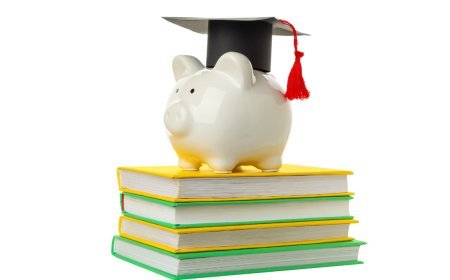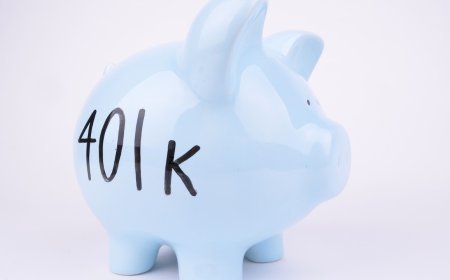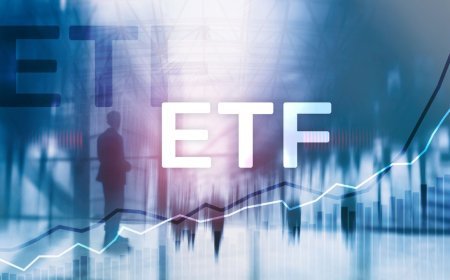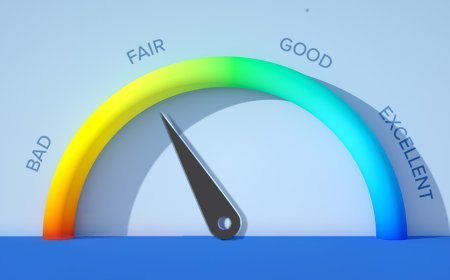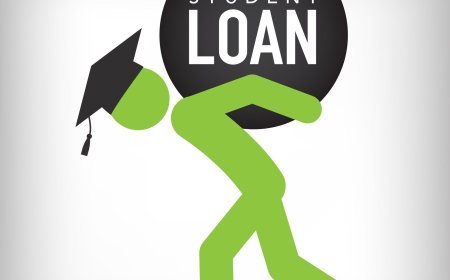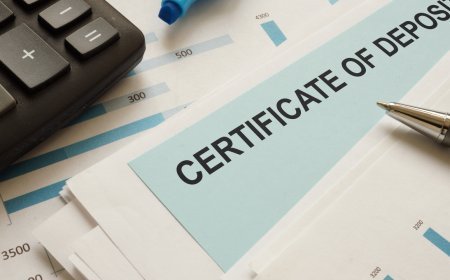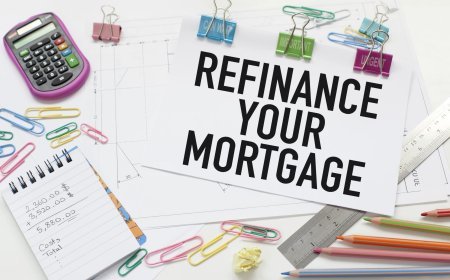New Mortgage Programs for First-Time Buyers in 2025
This article explores new mortgage programs for first-time homebuyers in 2025, designed to make homeownership more accessible. It covers innovative options like low down payment loans, down payment assistance grants, and specialized programs for public service professionals, eco-conscious buyers, and those with student debt. The article also highlights federal tax incentives, FHA loan updates, and relocation grants, providing practical tips to choose the right program.

Purchasing a first home in 2025 remains a significant milestone, but high home prices and interest rates continue to challenge aspiring homeowners. To address these hurdles, lenders and government agencies have introduced innovative mortgage programs tailored for first-time buyers, offering lower down payments, flexible credit requirements, and unique incentives. This article explores the latest mortgage programs and assistance options available in 2025, designed to make homeownership more accessible and affordable for new buyers.
Why 2025 Is a Pivotal Year for First-Time Buyers
The housing market has seen rising costs and limited inventory in recent years, making it difficult for first-time buyers—particularly younger generations like Millennials and Gen Z—to enter the market. In response, 2025 brings a wave of new programs aimed at reducing financial barriers. These initiatives focus on low down payment options, down payment assistance, and specialized loans for diverse groups, including remote workers and public service professionals. With first-time buyers claiming a record share of agency-backed purchase loans in early 2025, these programs are timely and impactful.
Top Mortgage Programs for First-Time Buyers in 2025
1. StarterHome 2025 Program
The StarterHome 2025 Program is designed for first-time buyers with limited savings. It offers a low 3% down payment option, significantly below the traditional 20% requirement. Key features include:
-
No Private Mortgage Insurance (PMI): Unlike many conventional loans, this program eliminates PMI, saving buyers hundreds annually.
-
Flexible Credit Scores: Qualifications start at a 620 credit score, making it accessible for those with moderate credit.
-
Competitive Rates: Fixed-rate options ensure predictable payments.
This program is ideal for young professionals or those early in their financial journey, providing a low-barrier entry into homeownership.
2. GreenLiving Home Loan Initiative
Sustainability is a growing priority, and the GreenLiving Home Loan Initiative caters to eco-conscious buyers. This program rewards those purchasing energy-efficient homes or making green upgrades, such as installing solar panels or energy-efficient windows. Benefits include:
-
Rebates: Up to $10,000 for eco-friendly home purchases or upgrades.
-
Discounted Rates: Lower interest rates for homes with high energy-efficiency ratings.
-
Energy Savings Tools: Free resources to calculate long-term energy cost savings.
This initiative appeals to buyers who prioritize environmental impact and want to reduce utility costs over time.
3. Work-Life Homebuyer Grant Program
The Work-Life Homebuyer Grant Program targets public service professionals, such as teachers, nurses, and first responders. It offers:
-
Down Payment Assistance: Grants up to $15,000, which do not require repayment.
-
Priority Approval: Faster processing for homes in “work-life” communities near schools, hospitals, or emergency services.
-
Favorable Rates: Fixed-rate loans tailored for qualified professionals.
This program is perfect for those who serve their communities and want to live closer to their workplaces without straining their budgets.
4. FlexPath Adjustable Loan
For buyers seeking flexibility, the FlexPath Adjustable Loan allows customizable payment terms to match financial circumstances. Features include:
-
Lower Initial Rates: Start with reduced interest rates for the first five years, then transition to a fixed rate.
-
Adjustable Terms: Extend loan terms without significant penalties if financial needs change.
-
Short-Term Affordability: Ideal for buyers expecting income growth or planning short-term homeownership.
This program suits buyers who value adaptability in their mortgage payments, particularly those with variable incomes.
5. FutureForward Equity Boost Program
Student debt remains a major obstacle for many first-time buyers. The FutureForward Equity Boost Program addresses this by allowing buyers to redirect a portion of their student loan payments toward their mortgage. Key features include:
-
Down Payment Contribution: Up to 15% of student loan repayments can be allocated to the down payment.
-
Interest Matching: The program matches contributions toward the mortgage’s interest portion.
-
Target Audience: Recent graduates or young professionals with student debt.
This innovative program helps buyers overcome financial barriers while building home equity.
6. Dream For All Shared Appreciation Loan
California’s Dream For All Shared Appreciation Loan, expanded in 2025, supports first-generation homebuyers with up to 20% of a home’s value for down payment and closing costs. In 2024, it assisted nearly 4,000 buyers, and in 2025, an additional 1,700 first-generation buyers have been approved. Key details:
-
Repayment Structure: Repay the loan plus a share of the home’s appreciation upon sale or refinance.
-
Eligibility: Focuses on low- to moderate-income first-generation buyers who complete a homebuyer education course.
-
Regional Allocation: Funds are distributed across nine California regions, with a random selection process for fairness.
This program is a game-changer for Californians without a family history of homeownership, fostering generational wealth.
7. HUD’s 2025 FHA Mortgage Rollbacks
The U.S. Department of Housing and Urban Development (HUD) introduced significant FHA loan regulation changes in July 2025, making these loans more accessible:
-
Streamlined Appraisals: Eliminates redundant inspections, reducing costs by $300–$600 and speeding up closings by 7–10 days.
-
Flexible Underwriting: Allows part-time and contract underwriters, addressing processing bottlenecks.
-
Expanded Flood Zone Eligibility: Opens thousands of properties to FHA financing, especially in coastal areas.
These changes make FHA loans, which require only a 3.5% down payment and a 600 credit score, even more attractive for first-time buyers.
8. Federal Tax Incentives
New federal tax initiatives in 2025 enhance affordability:
-
First-Time Homebuyer Tax Credit: Eligible buyers can claim up to $15,000 to reduce homeownership costs.
-
Homebuyer Savings Accounts: Tax-free savings accounts for home purchases.
-
Relocation Deductions: Tax breaks for remote workers moving to affordable areas.
These incentives provide financial relief and encourage long-term planning.
Additional Assistance Programs
Down Payment Assistance (DPA)
DPA programs have expanded in 2025, offering grants and loans to cover down payments and closing costs:
-
CalHFA MyHome Assistance: Up to 3.5% of the home’s purchase price for FHA loans or 3% for conventional, VA, or USDA loans, with deferred repayment.
-
Pathway to Homeownership: Grants up to $10,000 for closing costs, targeting underserved communities in California.
-
WISH Program: Matching grants through FHLBank San Francisco, available until March 14, 2025, for first-time buyers.
-
Forgivable Equity Builder Loan: Up to 10% of the purchase price, forgivable after five years of residency.
Many programs require buyers to meet income limits, complete homebuyer education, and use the home as their primary residence. Grants are typically lump-sum payments, while loans may have deferred repayment or be forgivable under certain conditions.
Specialized Loans
Traditional government-backed loans remain popular:
-
FHA Loans: Require a 3.5% down payment and a 600 credit score, with lenient debt-to-income ratios.
-
VA Loans: Offer 0% down payment and no monthly mortgage insurance for eligible veterans and service members.
-
USDA Loans: Provide 0% down payment for rural properties, with income limits at 115% of the area’s median household income.
Lenders like Rocket Mortgage, Guild Mortgage, and PNC Bank offer low-down-payment options (as low as 1% for Rocket’s RocketONE+ loan) and grants up to $15,000 for eligible buyers.
Relocation Incentives
For remote workers, programs like MakeMyMove and Tulsa Remote offer relocation grants ($10,000–$15,000) and housing assistance to encourage moves to affordable or rural areas. These align with 2025’s trend of catering to flexible work arrangements.
Tips for Choosing the Right Program
-
Assess Your Budget: Prioritize low-down-payment options or grants if savings are limited.
-
Check Eligibility: Look for programs targeting your profession, income level, or location.
-
Consider Long-Term Goals: Fixed-rate loans suit long-term homeowners, while adjustable loans like FlexPath benefit those planning short-term stays.
-
Work with Experts: Consult mortgage advisors or real estate agents familiar with 2025 programs.
-
Explore Local Incentives: State and local programs, like California’s Dream For All, often provide substantial aid.
Conclusion
2025 is a transformative year for first-time homebuyers, with new mortgage programs addressing affordability, flexibility, and sustainability. From the StarterHome 2025 Program’s low 3% down payment to the Dream For All’s support for first-generation buyers, these initiatives lower barriers and open doors to homeownership. By researching options, leveraging grants, and working with knowledgeable lenders, first-time buyers can turn their homeownership dreams into reality. Start by getting pre-qualified and exploring programs like those offered by CalHFA, HUD, or local lenders to find the best fit for your needs.
What's Your Reaction?
 Like
0
Like
0
 Dislike
0
Dislike
0
 Love
0
Love
0
 Funny
0
Funny
0
 Angry
0
Angry
0
 Sad
0
Sad
0
 Wow
0
Wow
0


